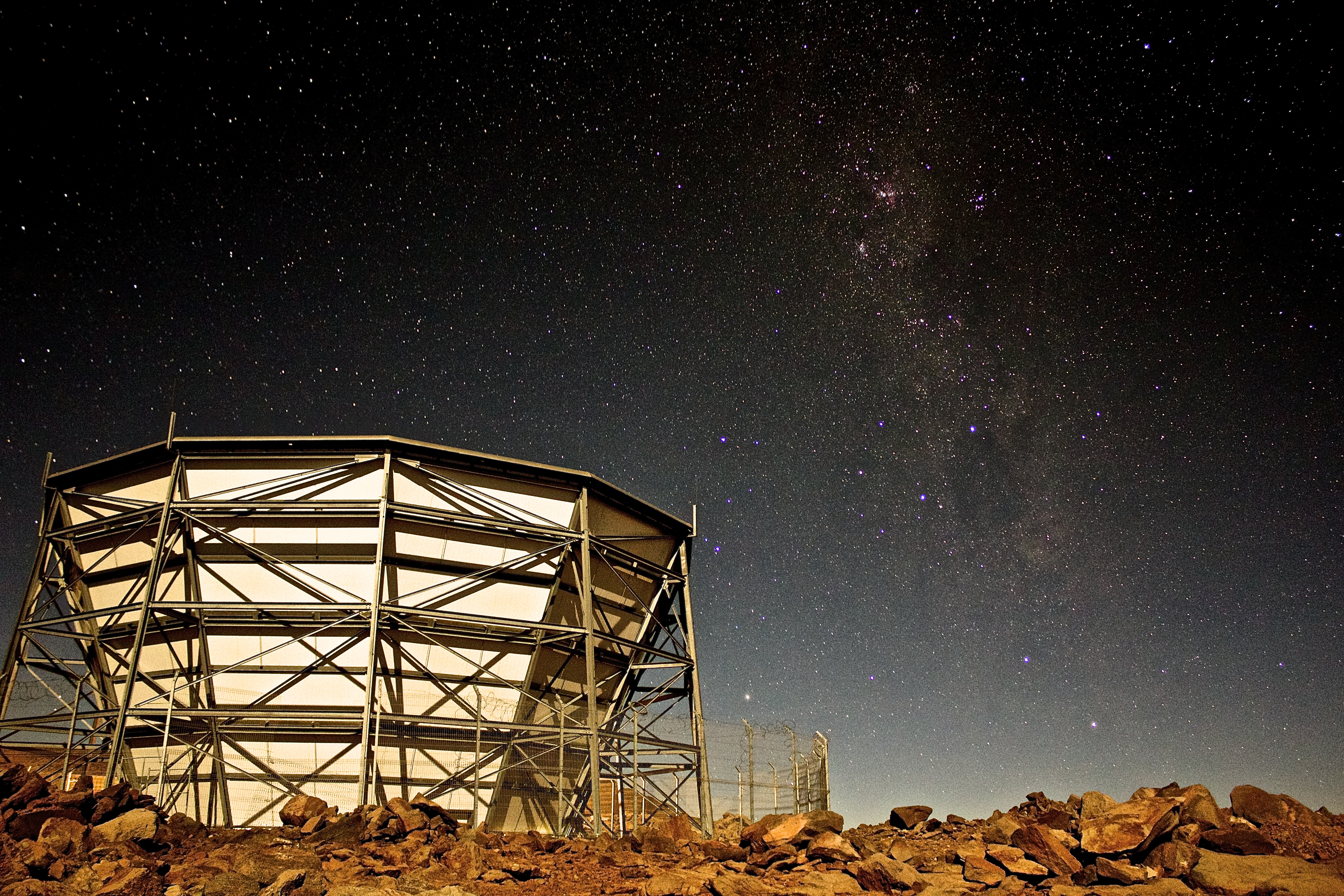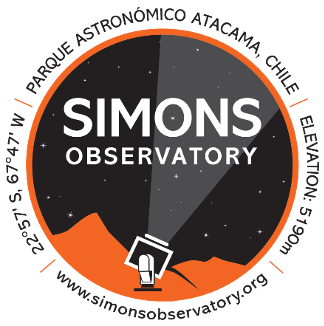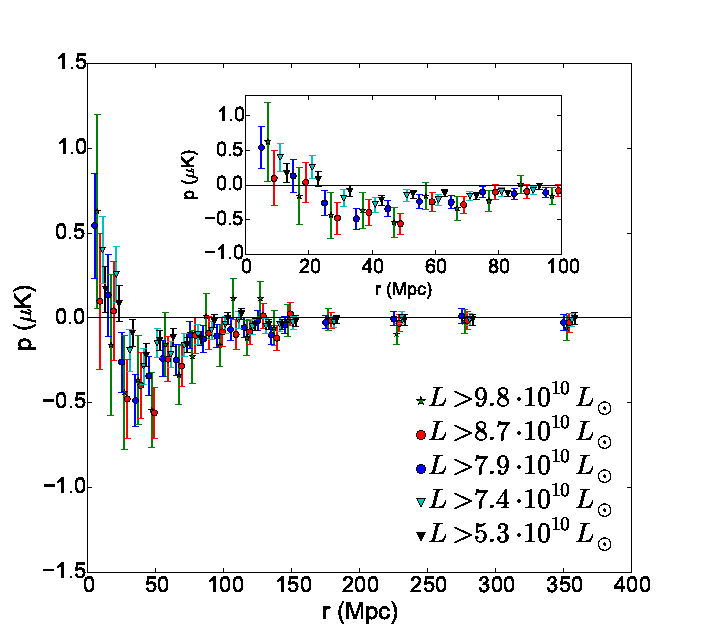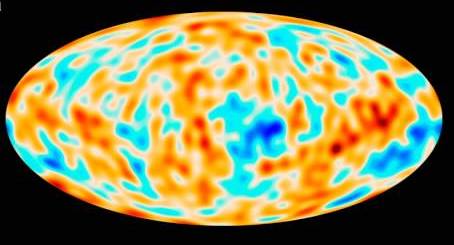
Atacama Cosmology Telescope
ACT is a 6-meter millimeter polarimeter in the Atacama Desert (Chile). It currently observes 40 percent of the sky at arcminute resolution, collecting state-of-the-art data used to infer the properties of our cosmos.
I am involved in many aspects of the data reduction and cosmological analysis. Above all, I make maximum-likelihood maps from the raw data, which are the starting point of our cosmological analyses.
Picture by Jon Ward
Learn more about ACT Go to relevant papers


